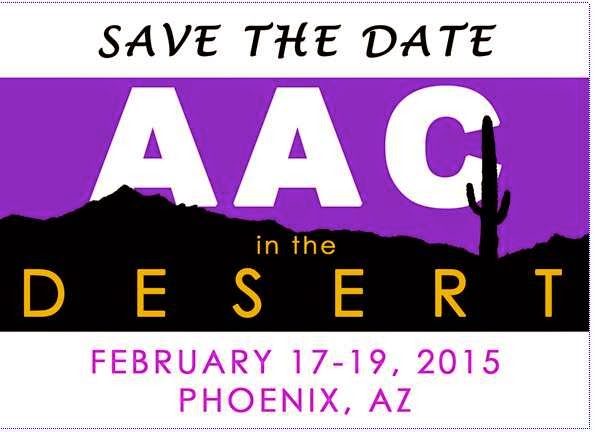Anyway, here's a super fun 'barrier communication' game to play with students using AAC devices (or speech).
'Barrier Games' are activities that teach students to share information across a boundary. In this case the two girls were on opposite sides of the table, and couldn't see each others' cookies!
1) Student who uses AAC directs a helper in making a cookie.
For example: GET PINK; PUT ON; The helper asks questions such as: WHERE DOES PINK GO?
Other samples are:
- GET CANDY. (Helper: WHAT COLOR)
- MAKE EYES. (Helper: WHAT SHAPE?) STAR. WHITE
2) Student who uses AAC directs the partner to make a cookie twin.
This must be a partner who has not seen the cookie. The helper supports the student who uses AAC in giving directions (but ONLY if necessary). The partner asks questions which the student who uses AAC must
answer.
Idea: Use the app Cookie Doodle to make the cookie twin - it's much faster, and you can get more language in a shorter amount of time!
Link to Cookie Doodle in the app store below:
Cookie Doodle at App Store
3) After each step, partner shows cookie and asks for feedback.
4) Now show the cookie twins and see how well you did!

Original Cookie Cookie 'Twin' (Cookie Doodle)
5) Take pics of your cookie twins and eat the 'real' ones!!















































